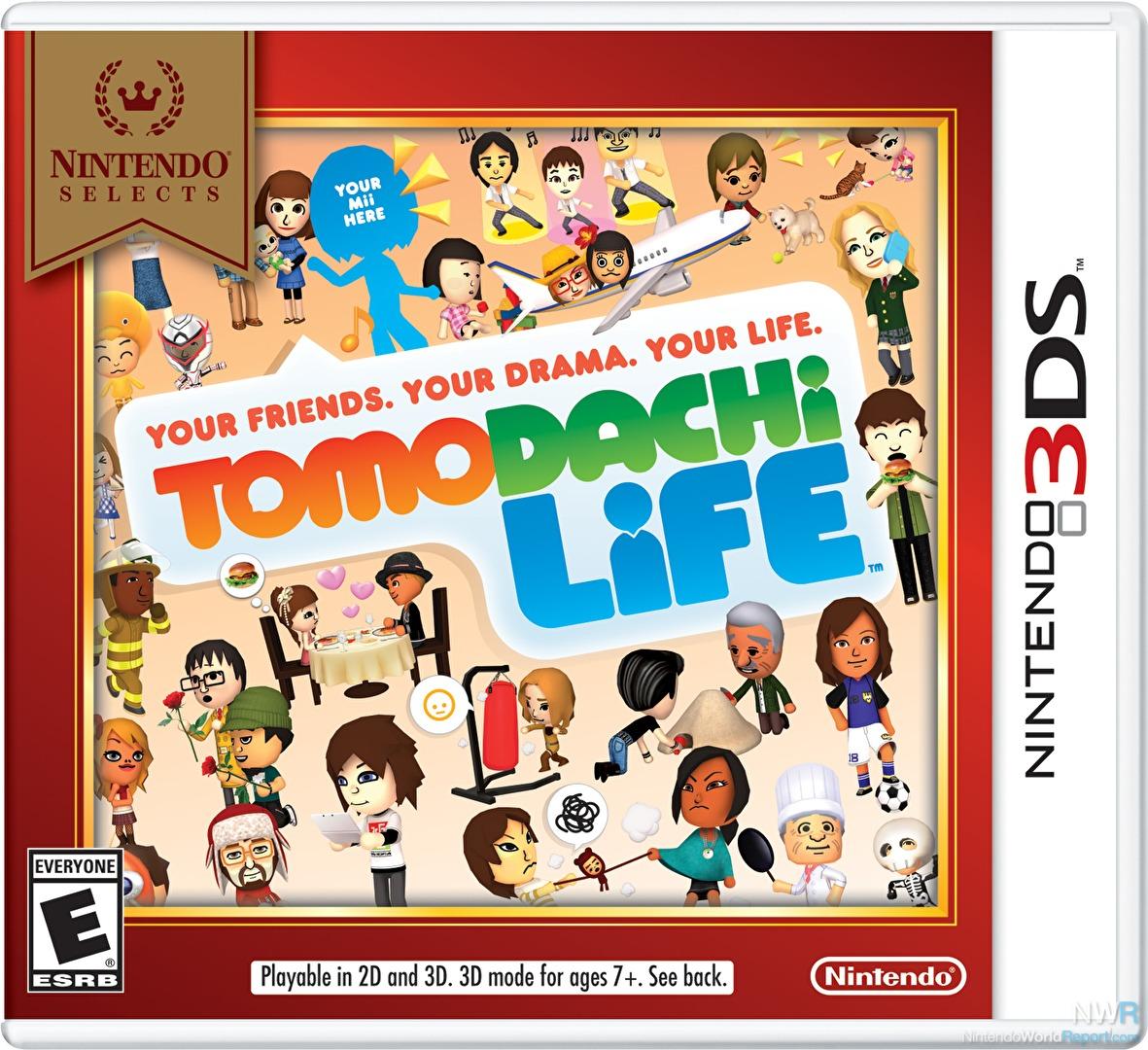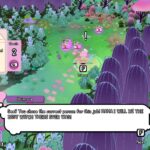Imagine stepping into a universe where Mii characters come to life, forming friendships, arguing with one another, and even competing in quirky contests. Welcome to the vibrant world of Tomodachi Life, a game that first stole gamers’ hearts back in 2013. As part of our ongoing ‘Box Art Brawl‘ series, we’re taking a closer look at two vastly different box art designs for this endearingly weird life simulation. From the Japanese and western releases of Tomodachi Life, which artwork captures the whimsical essence of this curious title best? In this article, we’ll assess both box art designs head-to-head and present a poll for you to decide – which one wins the coveted spot in this ‘Box Art Brawl’?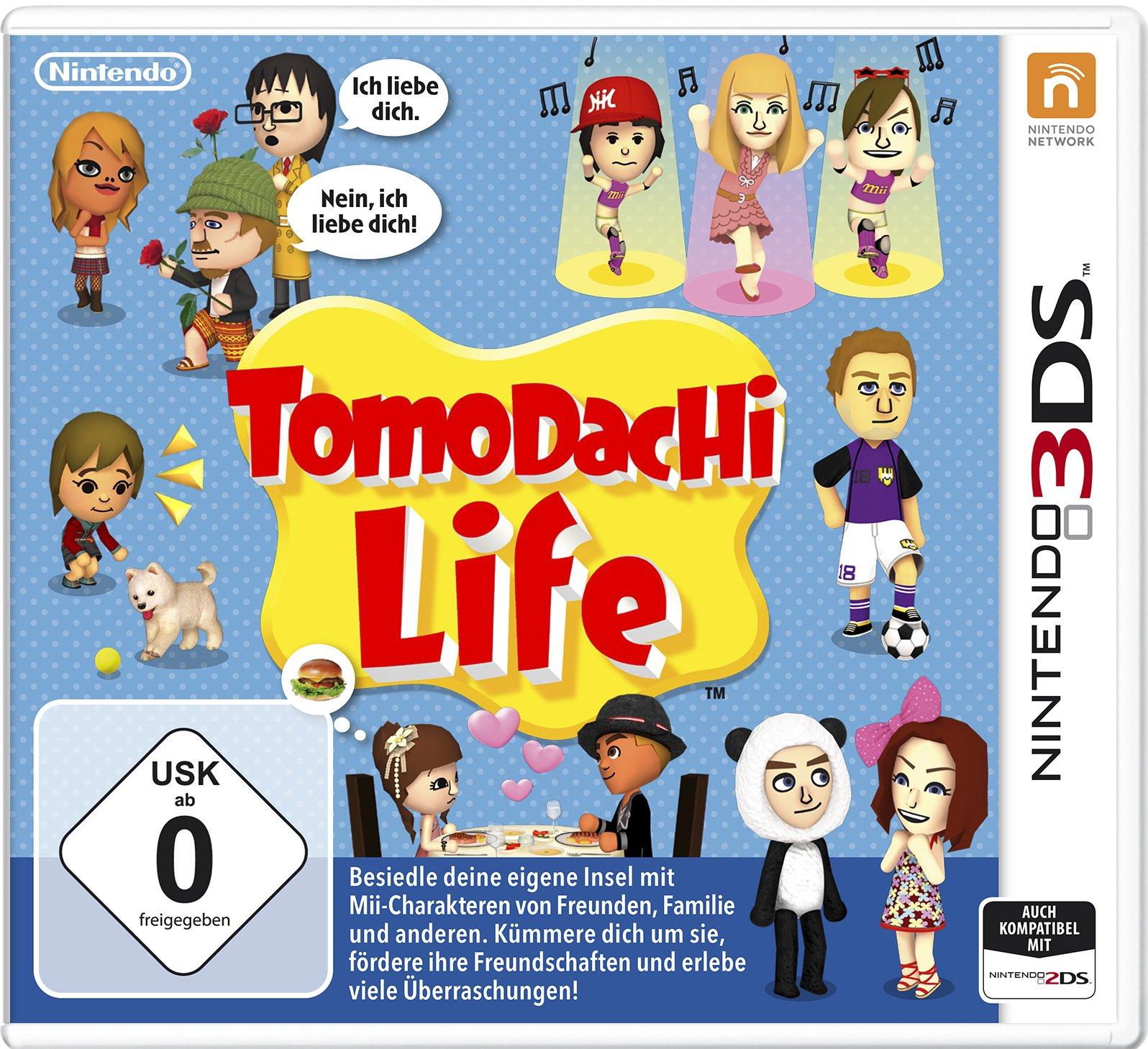
Poll Results Are In
It’s all over – the people have spoken, and we have a winner in our Tomodachi Life box art poll. Let’s dive into the results.
We presented you with three different box art variants, each regionally unique and offering a visually distinct twist on the game. It seems that one, in particular, captured the hearts of our readers. In a decisive victory, the Japanese box art took the top spot, with 61.2% of your votes. In second place, the North American box art secured 26.4%, with the European variant trailing behind with 12.4%.
| Region | Votes |
|---|---|
| Japan | 61.2% |
| North America | 26.4% |
| Europe | 12.4% |
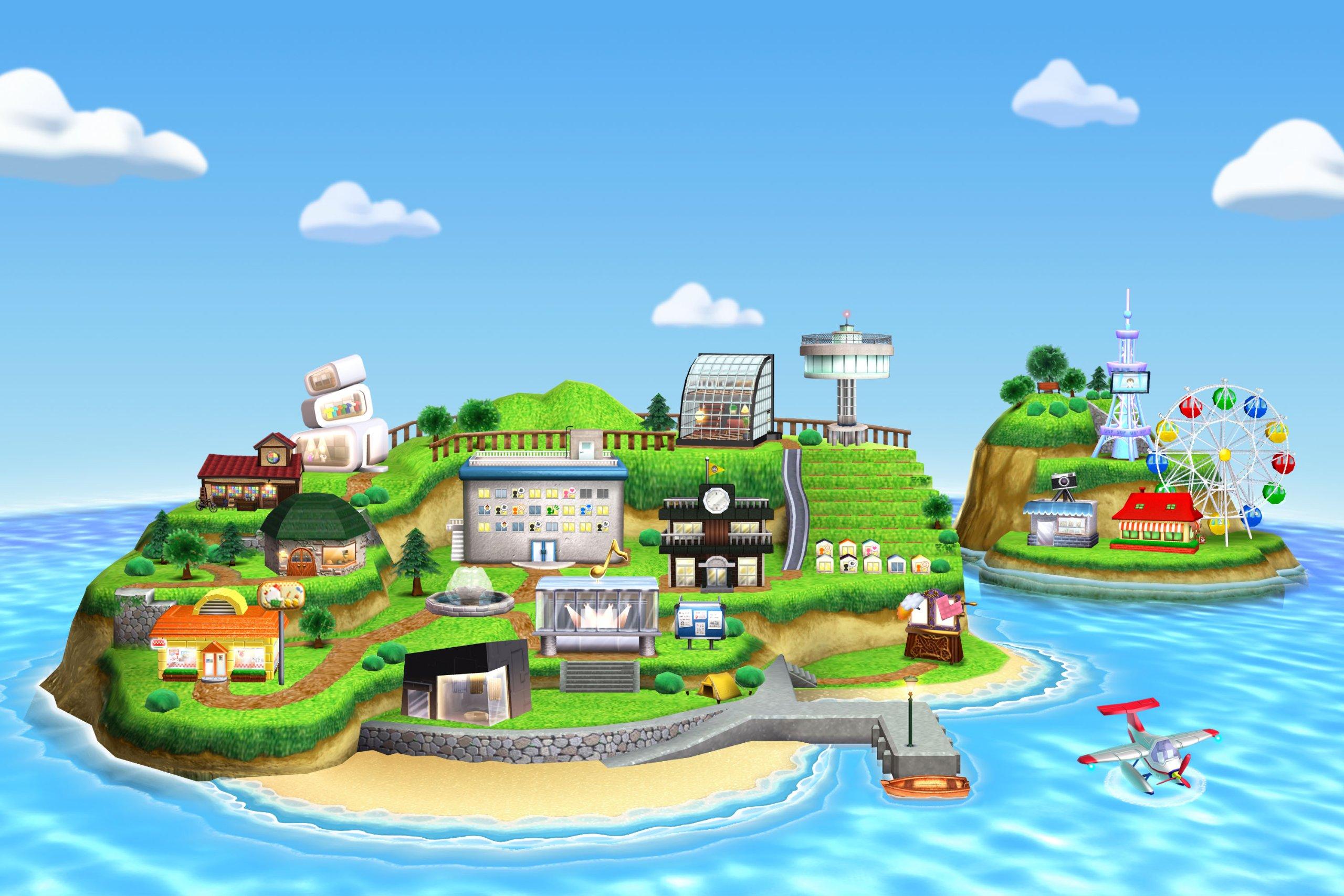
Designing the Perfect Layout
Designing a captivating cover for a game like Tomodachi Life requires a delicate balance between showcasing the title’s unique gameplay mechanics and visually representing the lighthearted, whimsical atmosphere. In this case, the designers opted for a character-rich approach, focusing on the quirky inhabitants of the game’s virtual world.
The European and North American versions of the game feature a vibrant, pastel color scheme, with the characters arranged in a grid-like pattern. This layout effectively conveys the game’s emphasis on relationships and friendships. In contrast, the Japanese cover features a more dynamic composition, with the characters interacting and overlapping each other in a playful manner.
| Region | Cover Art Composition | Color Scheme |
|---|---|---|
| Europe and North America | Character grid | Pastel colors |
| Japan | Dynamic, character interaction | Bright, varied colors |
Some of the key design elements observed in the Tomodachi Life cover art include:
Use of characters to convey gameplay mechanics
Bright, eye-catching color schemes to appeal to a wide audience
* A focus on friendships and relationships in the character arrangements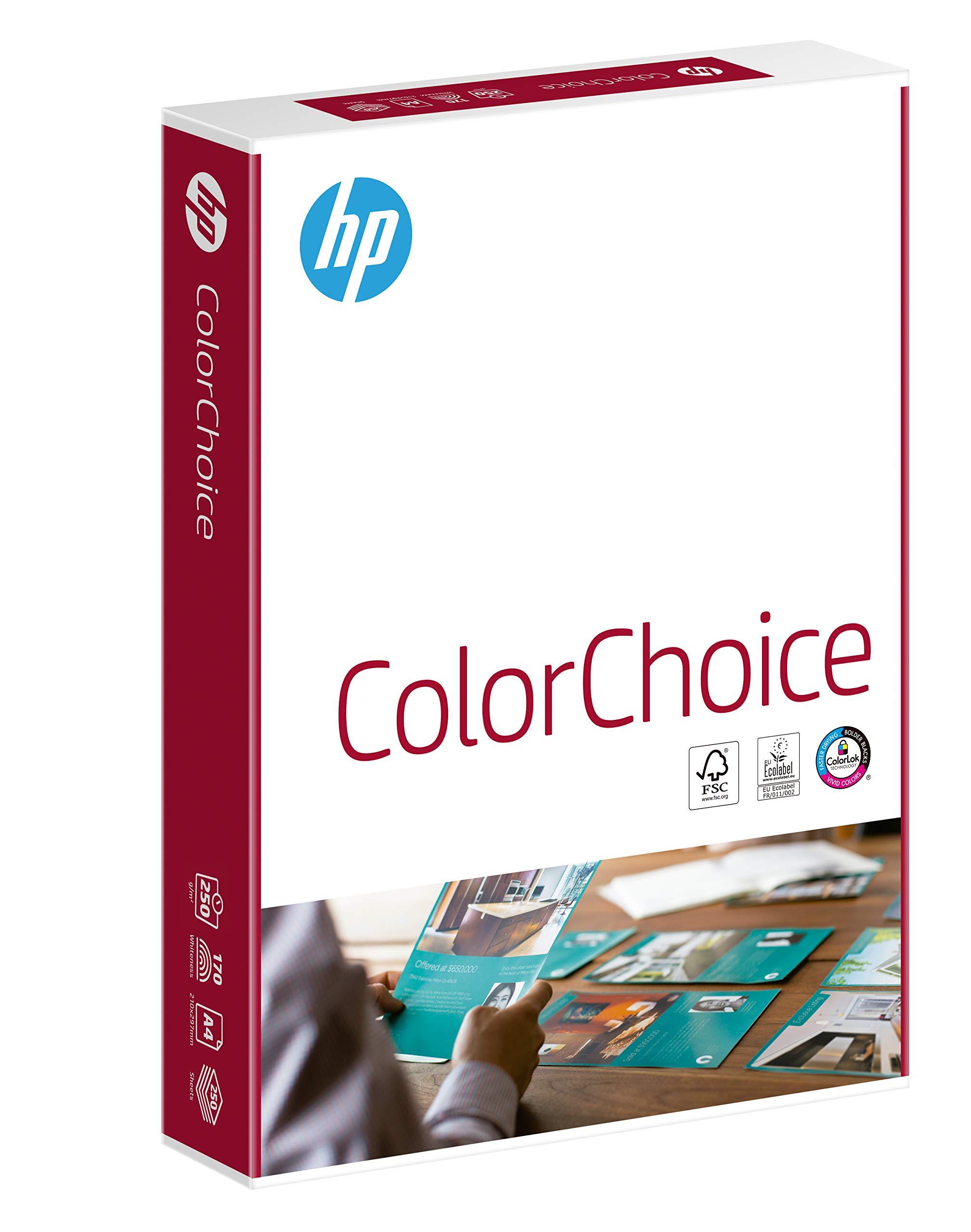
The Importance of Color Choice
When it comes to eye-catching box art, color choice is a vital aspect that can make or break the overall design. In the case of Tomodachi Life, the color palette is bold and vibrant, which effectively captures the game’s playful and quirky vibe. For the Japanese version, the creators opted for pastel hues, which evoke a sense of warmth and friendliness, aptly reflecting the game’s focus on relationships and community. The difference in color choice demonstrates the adaptability of the design to different cultural contexts.
Let’s take a closer look at the color palettes used in the Japanese and Western versions:
| Version | Primary Colors | Secondary Colors |
|---|---|---|
| Japanese |
|
|
| Western |
|
|
In both versions, the color choices effectively complement the overall design, highlighting the importance of considering the target audience’s cultural background and aesthetic preferences in the design process.
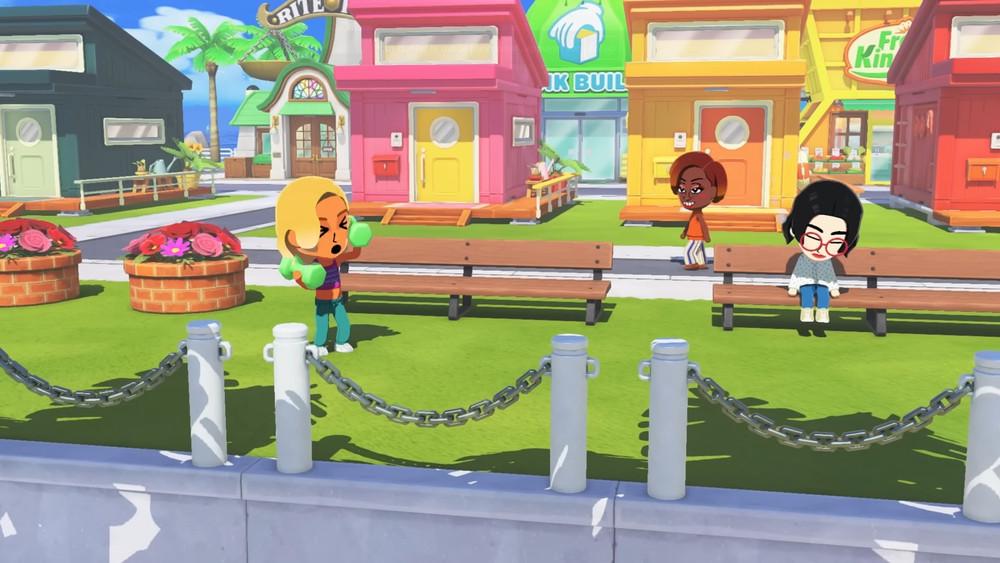
Balancing Text and Imagery
The key to creating effective and visually appealing box art is finding the perfect harmony between text and imagery. In the case of Tomodachi Life, the North American box art offers a colorful and lively representation of the game’s quirky characters, set against a plain white background. The use of pastel hues and soft illustrations adds to the game’s charm, making it appealing to a young audience. On the other hand, the European box art takes a more subdued approach, with a predominantly blue color scheme and minimalist illustrations.
| Regional Box Art | Color Scheme | Illustrations |
|---|---|---|
| North American | Pastel hues | Colorful, lively characters |
| European | Predominantly blue | Minimalist, simple characters |
Some key elements to consider when include:
- Visual hierarchy: Ensure that the most important elements stand out the most.
- Color contrast: Use contrasting colors to make text and images visually appealing.
- Whitespace: Make use of white space to avoid overwhelming the viewer.
- Typography: Choose fonts that are clear, readable, and in line with the game’s tone.
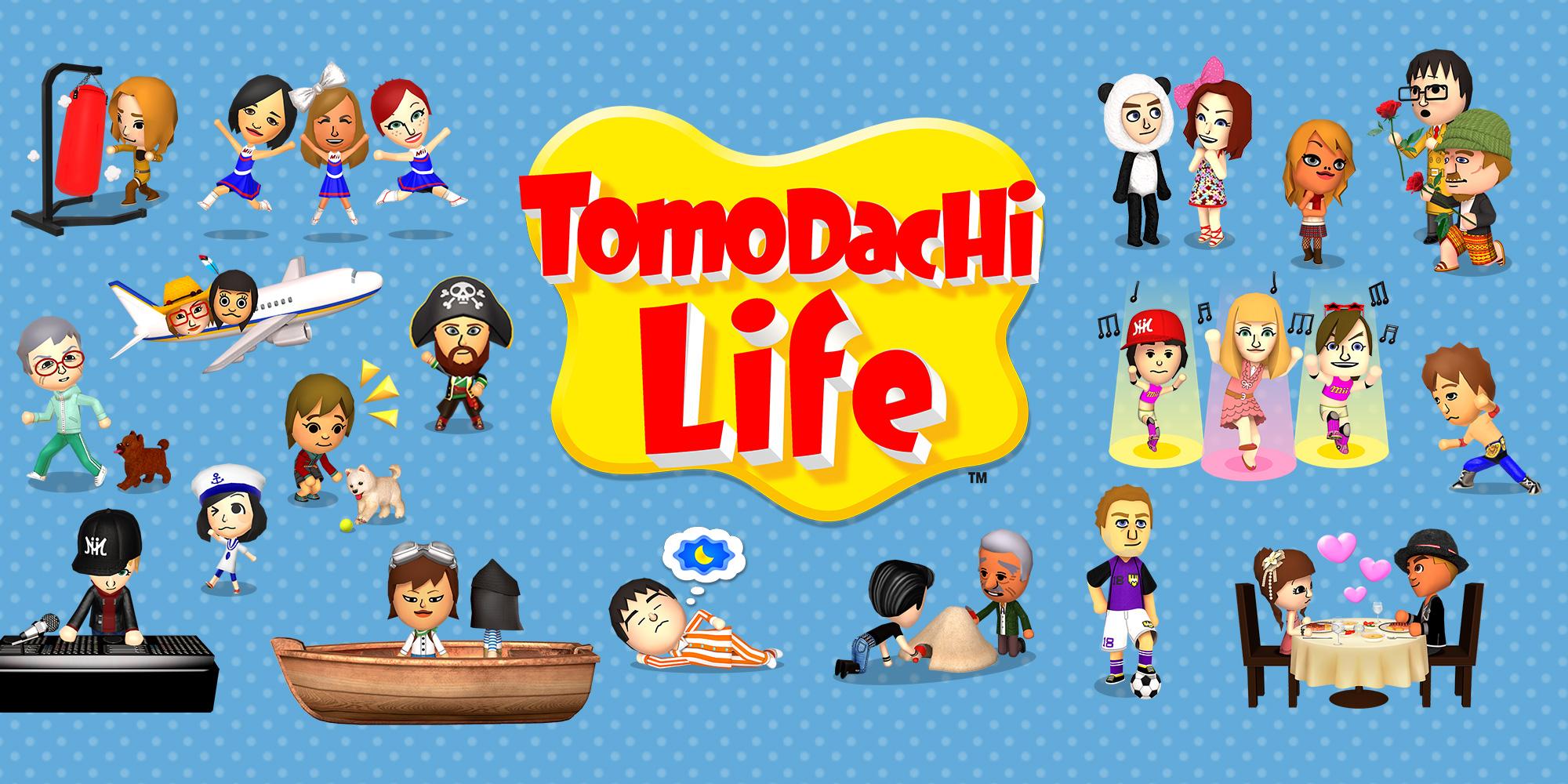
Japan vs North America
In the realm of regional box art, the tale of two hemispheres often unfolds with stark differences. Last week, we delved into the world of Tomodachi Life, a quirky life simulation game that lets you live a virtual life on Nintendo‘s handheld console. In the West, the North American box art features an assortment of Mii characters amidst a colorful, energetic backdrop, exuding the vibrant personality of the game.
Japan, on the other hand, opted for a more simplistic approach, featuring two Mii characters in a peaceful, serene environment. The Japanese box art lends itself to a more understated feel, highlighting the game’s charm without overwhelming the viewer. Which box art do you think trumps the other? The answer lies in personal taste, but we’ll examine the stats.
Comparison:
| Region | ||
|---|---|---|
| North America | C lean and bright | Mii characters in a festive setting, with the game’s logo prominently displayed |
| Japan | So ft and muted | Two Mii characters in a peaceful environment, with the game’s title written in bold Japanese characters |
Features setting each box art apart include:
• North America: Mii characters are shown from various angles, showcasing the variety of Mii permutations.
• Japan: A subtle texture is visible on the background, giving the box art a more natural feel.
Though both cover arts are visually appealing, the overall tone is where the two diverge. North America’s rendition feels more vibrant, while Japan’s is more subdued.
The Dark Horse of the Brawl
In the chaos of Tomodachi Life’s quirky charm, a subtler and more understated competitor emerged. North America’s Box Art barely made a splash amidst its counterparts, with its somewhat awkward composition and emphasis on the Mii characters. The imagery does a decent job of showcasing the game’s unique lifestyle simulation mechanics, but the overall aesthetic lacks the panache of other regions.
The box art’s more muted appeal might be attributed to its themes of friendship and daily activities, which unfold in a rather straightforward and endearing manner. Here are some key design elements:
| Key elements: | Presence of Mii characters, residential setting, pastel color palette |
| Gameplay representation: | |
| Region-specific features: |

Key Art in Box Art Design
At the heart of any effective box art design is the visual key art that instantly conveys the tone and essence of the game. In the case of Tomodachi Life, the key art is a colorful and lively representation of the game’s quirky characters and their everyday island life. The box art for both the North American and European releases feature Mii characters in a playful setting, surrounded by various elements that reflect the game’s focus on relationships, exploration, and creativity.
The use of serves several purposes, including:
- Capturing attention: Eye-catching visuals that immediately grab the viewer’s attention and entice them to learn more about the game.
- Setting tone: The tone and atmosphere of the game, as conveyed through the key art, helps to establish player expectations and sets the stage for the gaming experience.
- Conveying gameplay: The key art should also provide some insight into the gameplay mechanics, such as the focus on relationships and creativity in Tomodachi Life.
| Release Region | Key Art Elements |
|---|---|
| North America | Mii characters interacting, island landscape, colorful decorations |
| Europe | Mii characters in various activities, vibrant colors, tropical plants |
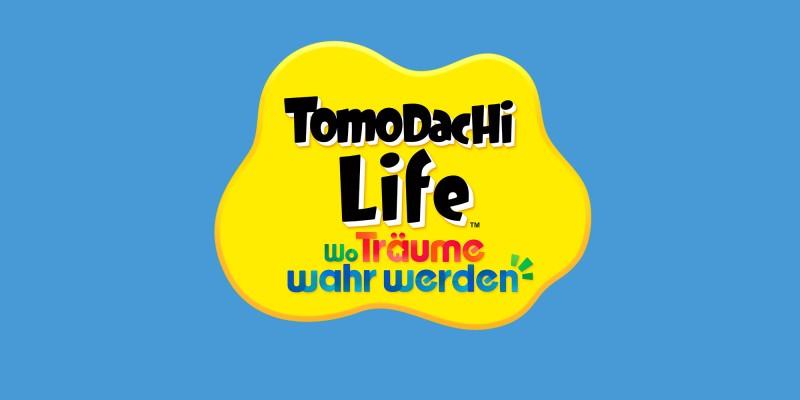
Box Art Evolution
Tomodachi Life’s is a fascinating tale of visual styles, artistic choices, and cultural influences. We’ll delve into the design decisions behind each regional release, showcasing the similarities and differences.
The North American and European releases sport a bold, vibrant design, featuring the game’s colorful characters against a bright, sunny backdrop.
| Region | Release Date | Notable Features |
|---|---|---|
| North America | June 6, 2014 | Bright, colorful design; Character-centric artwork |
| Europe | June 6, 2014 | Similar to NA design, with slight color variations |
| Japan | April 18, 2013 | Pastel color scheme; Softer, more whimsical artwork |
In contrast, the Japanese release boasts a softer, more whimsical aesthetic, with a predominantly pastel color scheme. This stylistic divergence highlights the distinct approaches taken by the design teams to resonate with local audiences. To further illustrate these creative decisions, consider the following characteristics of each region’s box art:
- Iconic Characters: Emphasizing recognizable Mii characters in various scenarios.
- Backgrounds: Simplistic, gradient-based backdrops in the NA and EU releases, versus a more detailed, scenic setting in the Japanese version.
- Color Schemes: Vibrant, saturated colors in the NA and EU releases, versus a softer, more muted palette in the Japanese release.
- Gameplay Elements: Highlighting various in-game activities, such as interactions and mini-games, in the NA and EU releases.
Artistic Preferences in Gaming
When it comes to gaming, the art that adorns our console games often speaks to us on a deeper level. Whether it’s a simple yet striking design or a colourful explosion that catches our eye, box art has a way of drawing us in and making us want to dive into the world that lies within. The same can be said for Tomodachi Life, with its cheerful and inviting box art that sets the tone for the quirky and endearing title that awaits within.
But which region’s box art reigned supreme, and which one left you feeling a little…underwhelmed? Does the Japanese version’s focus on character interactions capture your heart, or do you prefer the more reserved yet charming European release? The choice is yours. Below is a summary of the varying box art across the globe.
| Region | Description |
|---|---|
| Japan | Character-centric design, showcasing various Mii interactions |
| Europe | Island landscape, accompanied by Mii characters engaging in activities |
| North America | Colorful collage, featuring various Mii characters and settings from the game |
- Japan’s box art: Featuring a lively illustration of Mii characters interacting and engaging in various activities within the world of Tomodachi Life.
- Europe’s box art: Showcasing the vibrant island landscape of Tomodachi Life, complete with Miis participating in fun-filled activities and everyday life.
- North America’s box art**: Presenting a vibrant collage of Mii characters, settings, and objects from the game, capturing the essence of the title’s lighthearted and playful nature.
Regional Differences in Taste
Regional flavors of fun and entertainment often vary greatly, and when it comes to box art, the differences are just as striking. In the world of Gaming, what may appeal to one audience may not necessarily tickle the fancy of another. It’s the delicate art of marketing at play, as game developers and publishers strive to connect with diverse groups of players.
Consider some of these eye-catching regional differences in box art, reflecting the spirit of a particular game:
- Japan: Vibrant, colorful artwork, often showcasing the main characters and an air of whimsy, perfect for attracting the Japanese audience.
- Europe: Simple yet bold, with striking colors, this style focuses on emphasizing the game’s unique features and gameplay mechanics.
- North America: Bright and cheerful, often incorporating memorable catchphrases and characters in action-packed scenes.
The regional tone set by box art is but one aspect of what drives an audience to engage with a game. Below, we look at how Tomodachi Life portrayed itself to different regions.
| Region | Color Scheme | Background |
|---|---|---|
| Japan | Vibrant pink and blue | Illustrations of in-game characters |
| Europe | Calm blue and white | Photo-realistic images of the 3DS |
| North America | Bright yellow and orange | -inspired illustrations |
Considering these characteristics, which box art style do you think best embodies the essence of Tomodachi Life?
Cultural Impact on Design Choices
The representation of characters in Tomodachi Life’s box art is a telling indicator of the cultural values and sensibilities at play in each region. In Japan, the box art is bright, cheerful, and playful, reflecting the country’s affection for kawaii (cute) culture. The characters are depicted in a variety of poses, showcasing the game’s lighthearted and humorous tone.
In contrast, the Western box art is more subdued, with a focus on showcasing the game’s Mii characters and their interactions. The color palette is more muted, and the overall design is more simplistic. This difference in approach highlights the varying design priorities between the two regions. The Japanese box art is clearly geared towards appealing to a broad audience, while the Western box art seems more focused on showcasing the game’s core features.
| Region | Box Art Characteristics |
|---|---|
| Japan |
|
| West |
|
Both approaches have their merits, and the box art ultimately reflects the unique cultural context in which the game was marketed.
In Summary
And so, the virtual villagers have spoken, casting their votes in a battle for the most charming box art in the colorful world of Tomodachi Life. Whether the winner was your island of choice or not, one thing’s for certain – the whimsical appeal of this beloved Nintendo game continues to win hearts around the globe. Until next time, when another iconic game gets the box art brawl treatment, thanks for joining the fun and sharing your thoughts with us.




